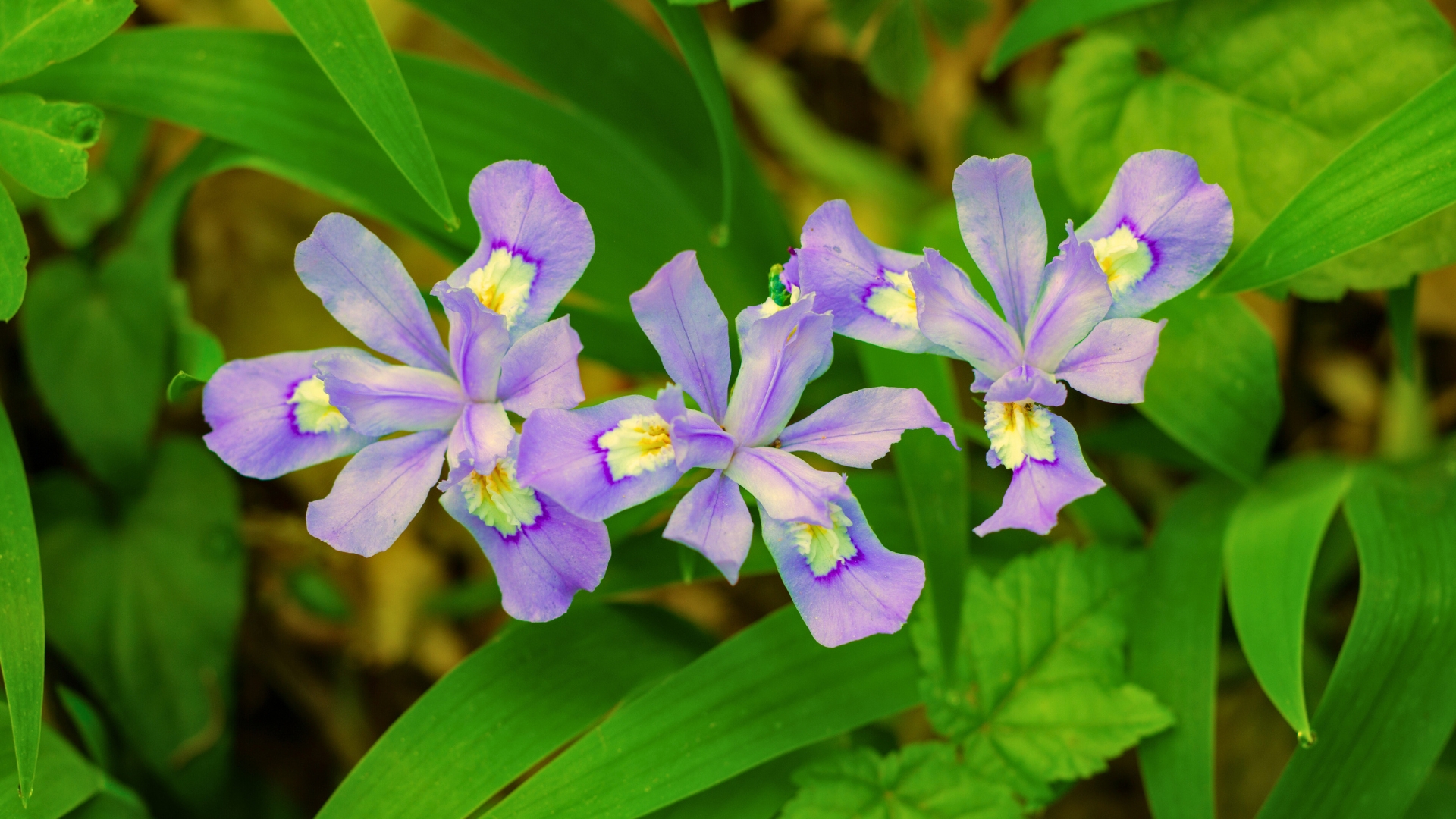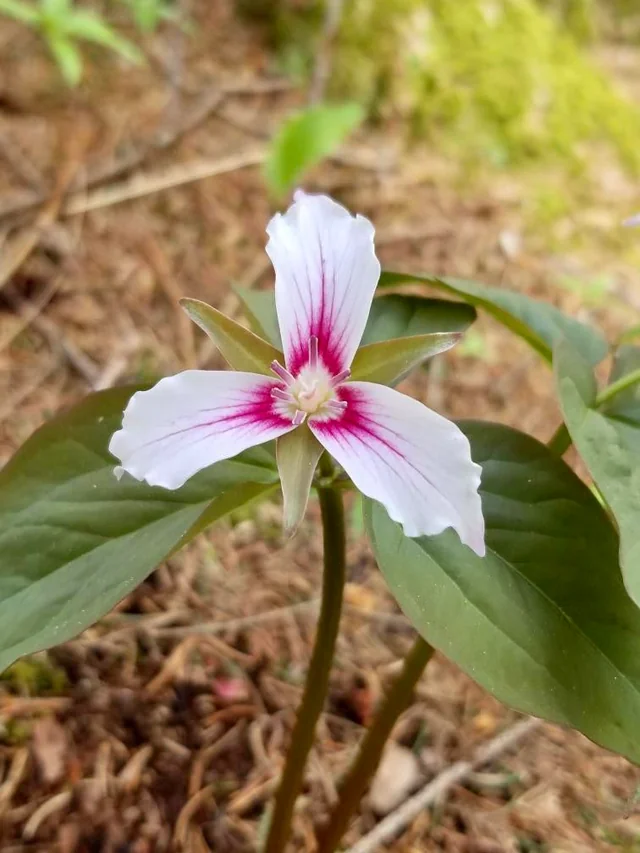16 Rare Flowers Found In America That May Need Attention
America is home to some truly extraordinary flowers that many people have never seen outside a botanical garden. From tiny hidden gems to bold, show-stopping blooms, these rare plants each tell a story of resilience and beauty.
Many of them are quietly struggling in their natural habitats, waiting for a little love and care from garden enthusiasts. Spotting them feels like discovering a secret treasure tucked away in the wild.
With a little attention, these floral wonders can continue to brighten landscapes for years to come.
1. Western Prairie Fringed Orchid
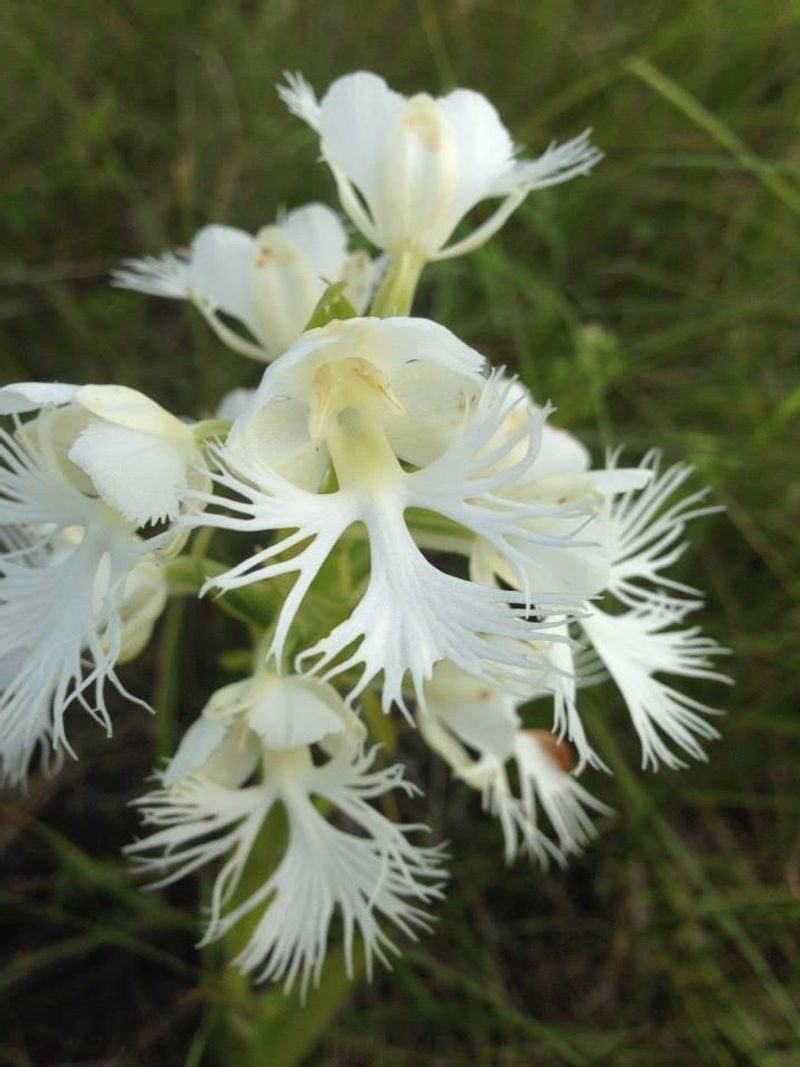
The Western Prairie Fringed Orchid captivates with its intricate fringed petals. Found in the tallgrass prairies of the Midwest, this orchid is a sight to behold.
However, habitat loss has put this beauty at risk. Conservation efforts focus on preserving its natural habitat, ensuring future generations can enjoy its grace.
2. Chaparral Pea
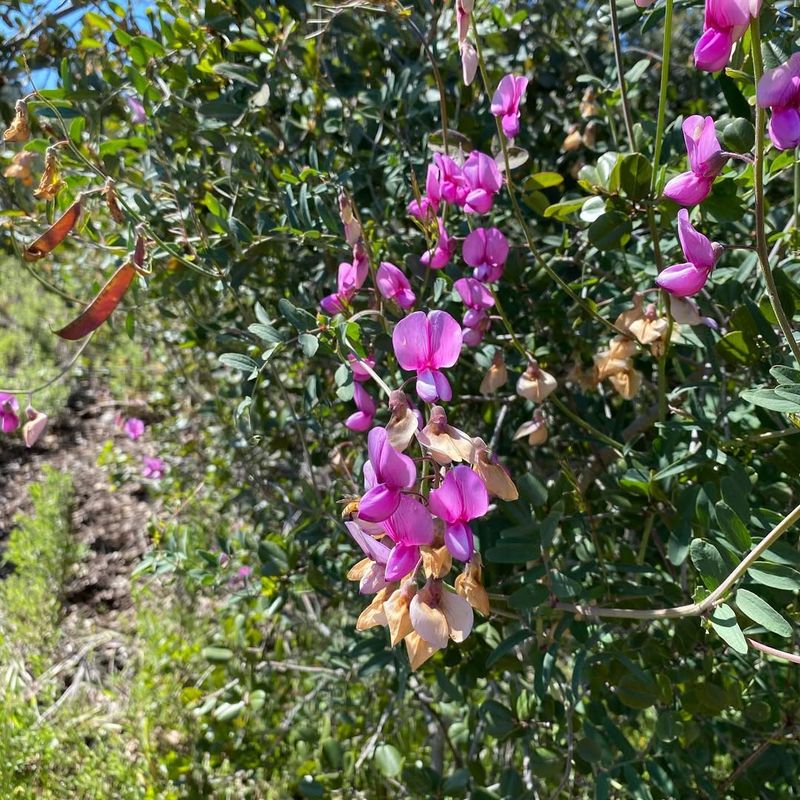
In the arid landscapes of California, the Chaparral Pea thrives with vibrant pink blooms. Its tough nature allows it to survive harsh conditions, but urban development threatens its existence.
Preserving chaparral habitats helps protect this resilient plant and maintain the balance of its unique ecosystem.
3. Kentucky Lady’s Slipper
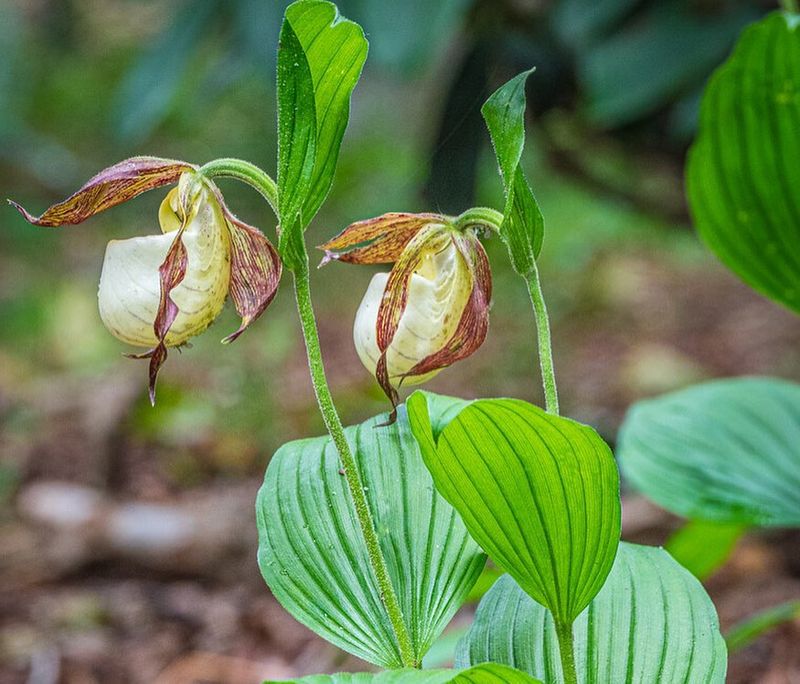
The Kentucky Lady’s Slipper stands out with its pouch-like flower in shaded woodlands. Its unique beauty is paired with a delicate nature, making it vulnerable to habitat disturbance.
Conservationists work to protect its environment, ensuring these slippers continue to grace the forest floors.
4. San Francisco Lessingia
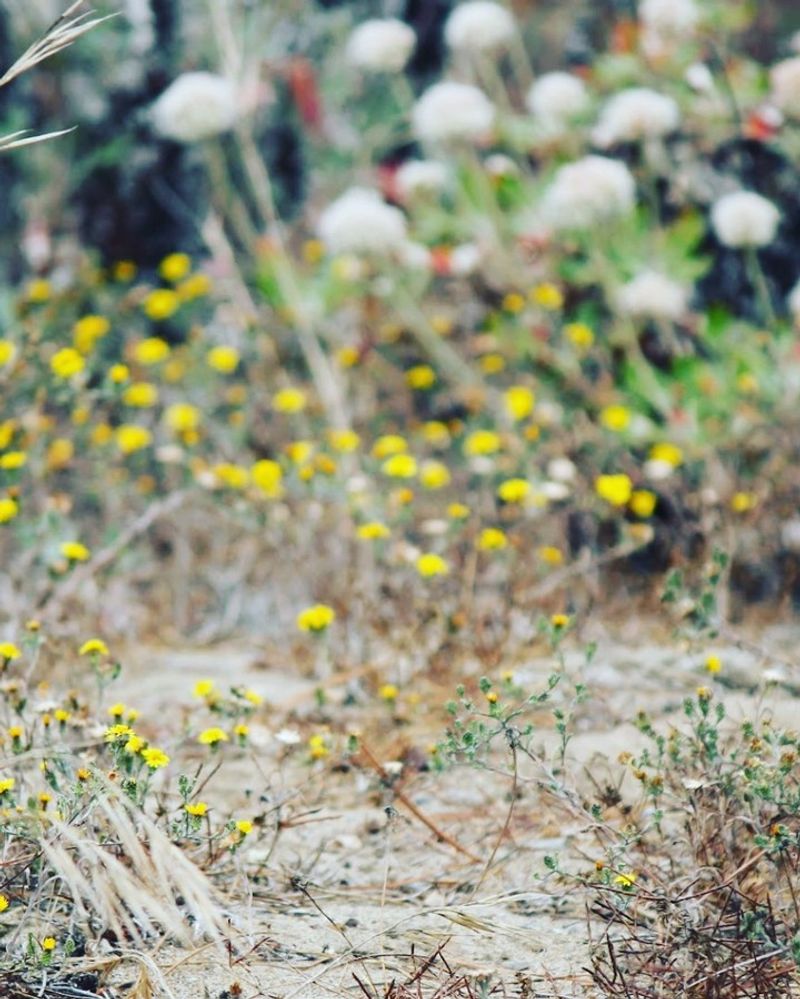
Amidst the coastal sands, San Francisco Lessingia blooms with subtle purple flowers. This rare plant faces threats from urban encroachment and habitat alteration.
Restoration projects aim to revive its sandy habitats, allowing this delicate flower to continue its quiet dance with the ocean breeze.
5. Dwarf Lake Iris
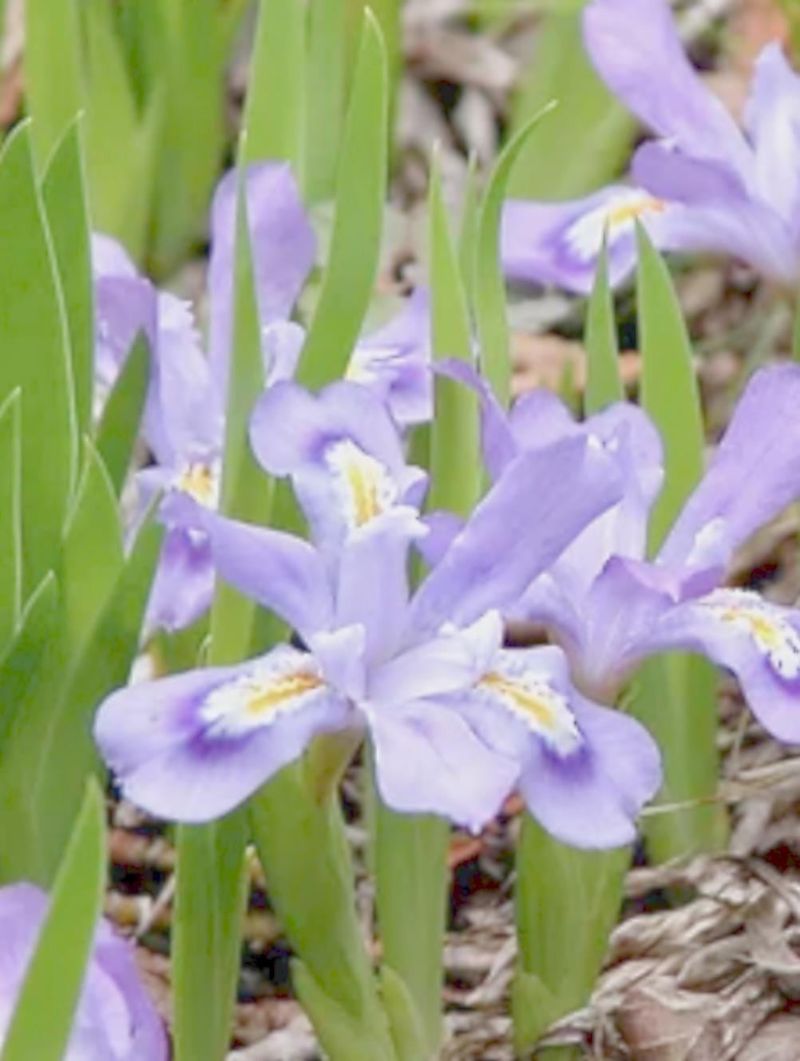
The Dwarf Lake Iris enchants with its vivid blue petals along the Great Lakes shores. Its beauty masks its fragile existence, as shoreline development encroaches on its territory.
Protecting these shorelines is crucial for this iris to continue flourishing in its native, pristine landscapes.
6. Haleakalā Silversword
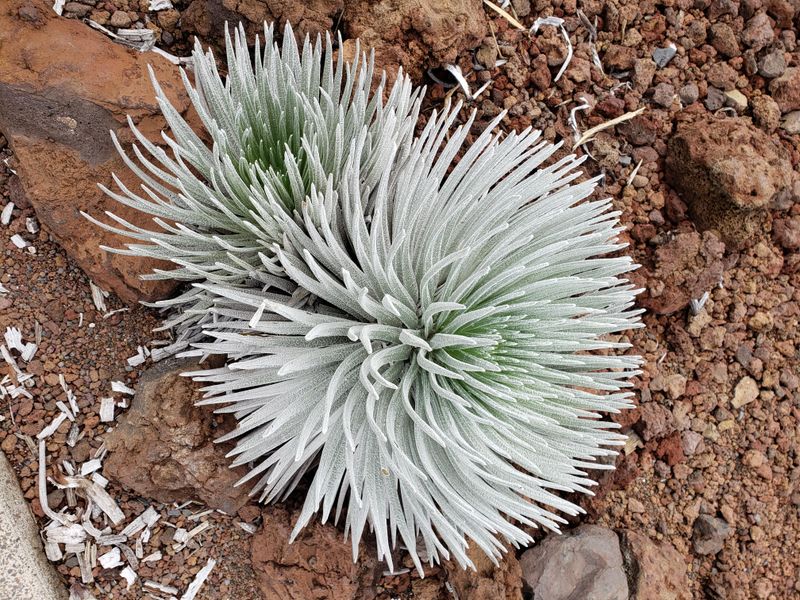
On the volcanic slopes of Haleakalā, the Silversword stands like a sentinel. Its unique silver foliage is adapted to the harsh environment.
However, climate change and human interference pose threats. Efforts to curb these impacts are vital for the Silversword’s continued survival in its rugged homeland.
7. Blue Ridge Goldenrod
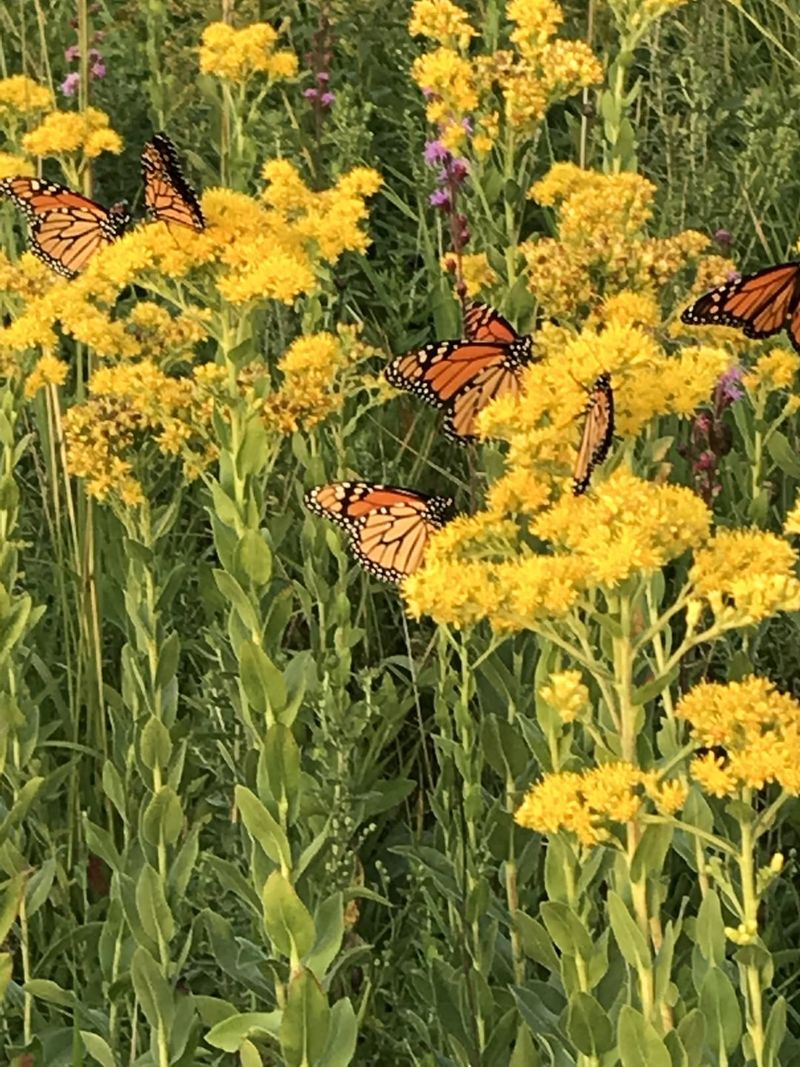
Nestled in the rocky outcrops of the Appalachian Mountains, the Blue Ridge Goldenrod brightens the landscape with its yellow blooms.
Its specialized habitat makes it vulnerable to environmental changes. Protecting these mountain ecosystems ensures this goldenrod continues to sparkle in its high-altitude home.
8. Virginia Round-leaf Birch

In the lush forests of Virginia, the Round-leaf Birch stands with its distinctive round leaves. This tree’s scarcity is due to limited natural range and habitat threats.
Conservation measures aim to expand its habitat, ensuring these unique birches continue to thrive in their verdant surroundings.
9. Texas Wild Rice
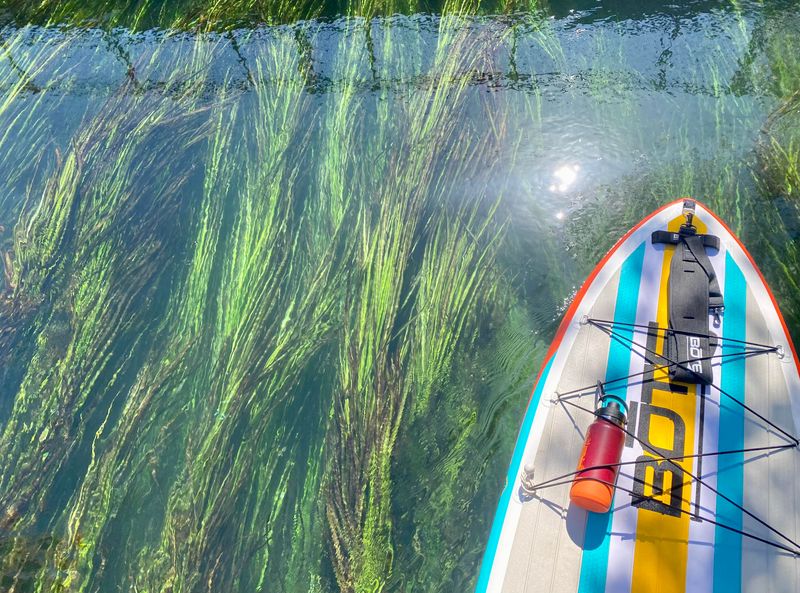
Flowing in the clear waters of the San Marcos River, Texas Wild Rice is a vital part of the ecosystem. Its existence is jeopardized by water pollution and recreational activities.
Efforts to clean and protect this river are crucial for preserving this rare aquatic plant and its habitat.
10. Steamboat Buckwheat
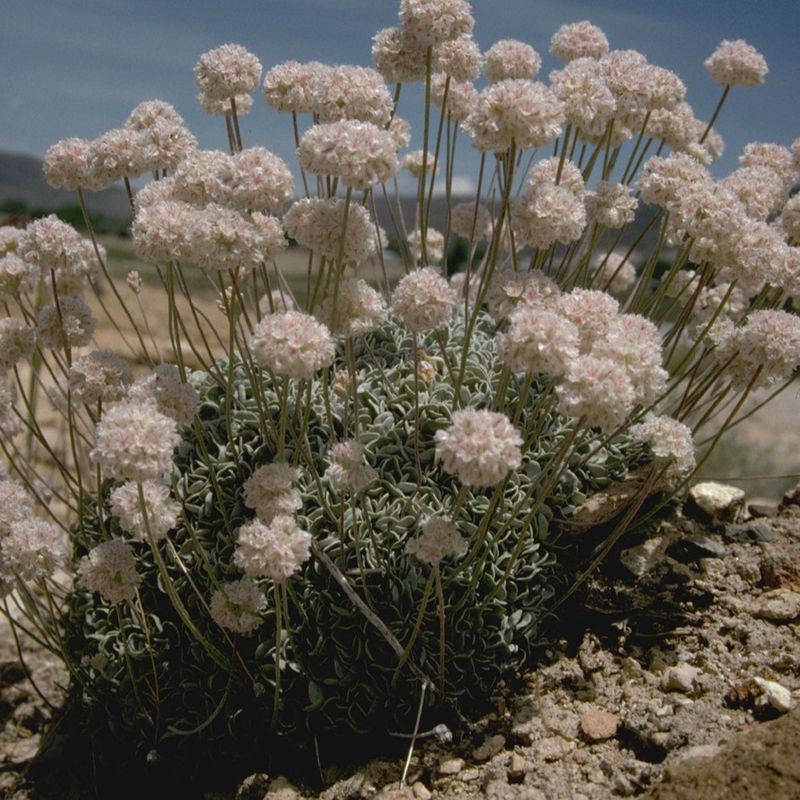
Growing in the unique soil of Nevada’s Steamboat Hot Springs, the Steamboat Buckwheat is a botanical gem. Its survival is threatened by land development and geothermal energy projects.
Protecting its habitat is essential for ensuring this unique plant continues to bloom in its geothermal home.
11. Florida Torreya
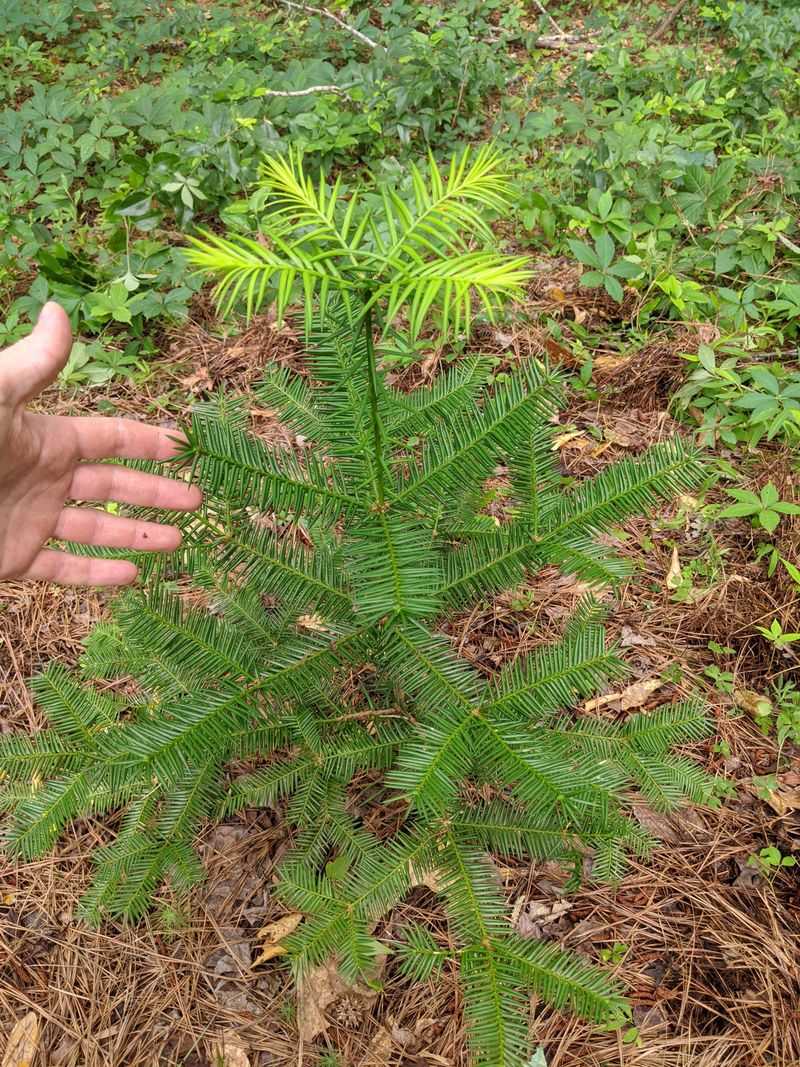
Deep in Florida’s forests, the Torreya tree clings to survival. Its dark needles and small cones are a testament to its resilience.
However, diseases and climate change threaten its existence. Conservationists work tirelessly to study and protect this rare tree, ensuring its story doesn’t end prematurely.
12. Grass Pink Orchid
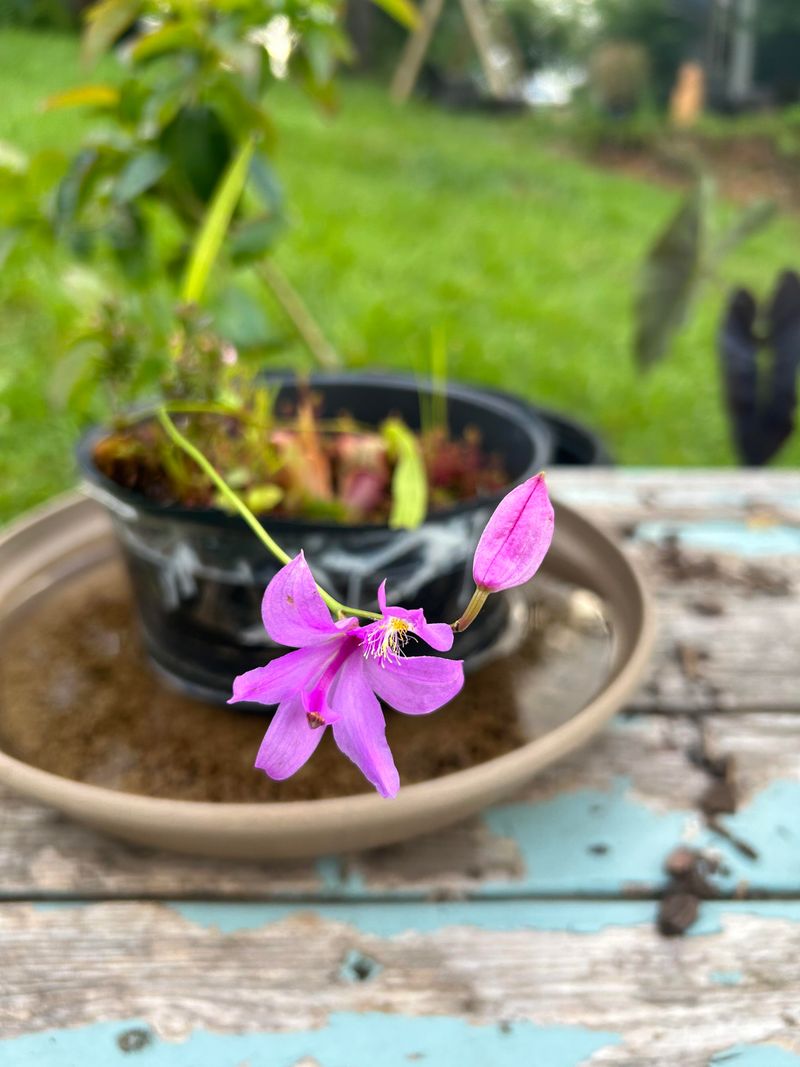
The Grass Pink Orchid dazzles with its vibrant blooms in sunny wetlands. This beautiful orchid faces threats from habitat destruction and pollution.
Conservation initiatives focus on wetland preservation, allowing these orchids to continue bringing color and life to their marshy homes.
13. Cliff Dwarf Primrose
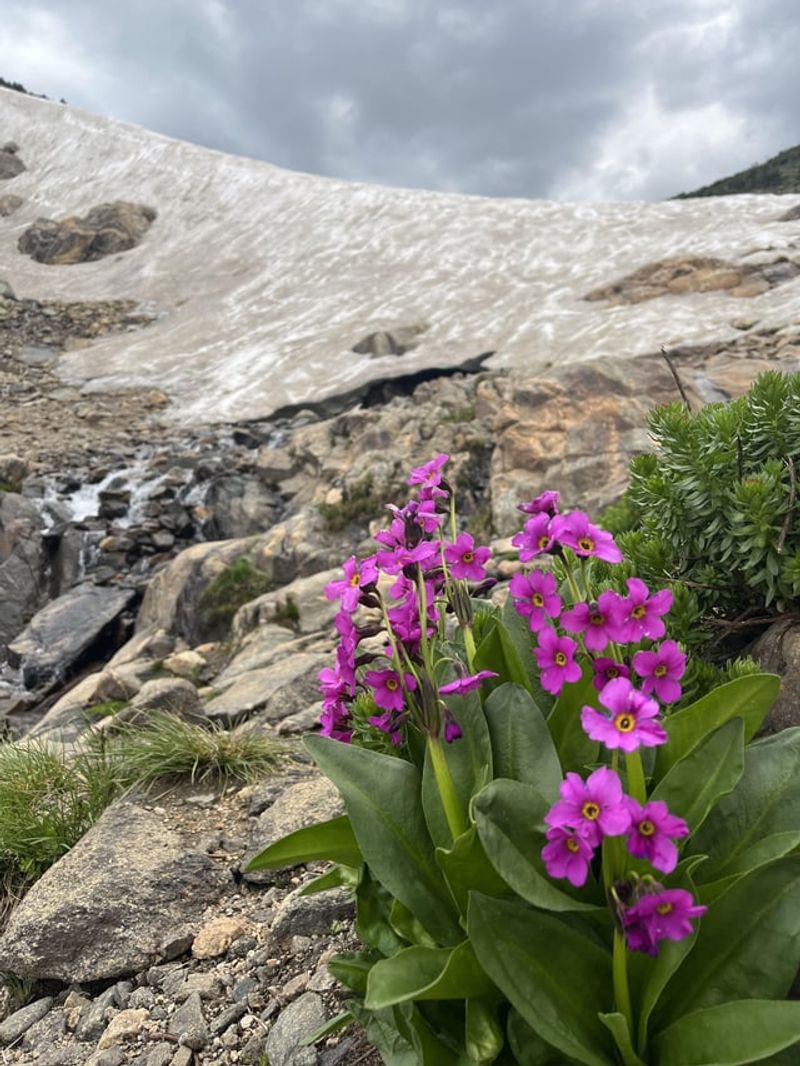
Clinging to rugged cliff sides, the Cliff Dwarf Primrose is a small yet resilient flower. Its survival is threatened by environmental changes and rock climbing activities.
Protecting its cliffside habitats ensures this primrose continues to grace the rocky landscapes with its subtle beauty.
14. Oconee Bell
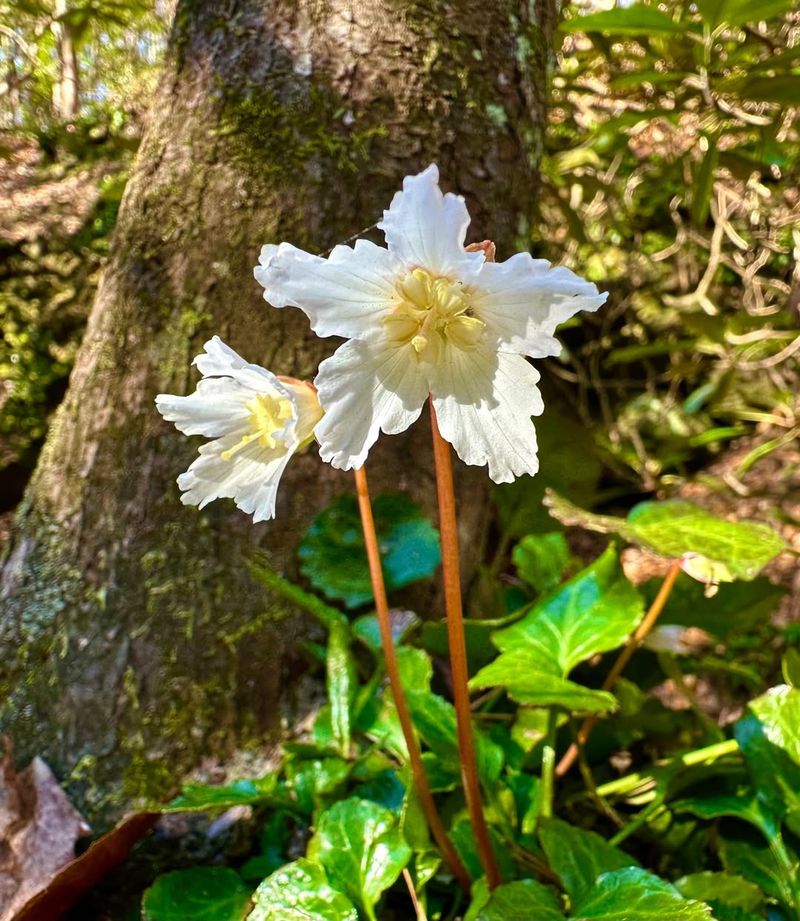
Nestled in the shaded forest floors of the Appalachian region, the Oconee Bell blooms with charm.
Its beautiful white and yellow flowers face threats from habitat loss and competition from invasive species. Protecting these forests is key to preserving the Oconee Bell’s delicate presence.
15. Rough-leaved Loosestrife
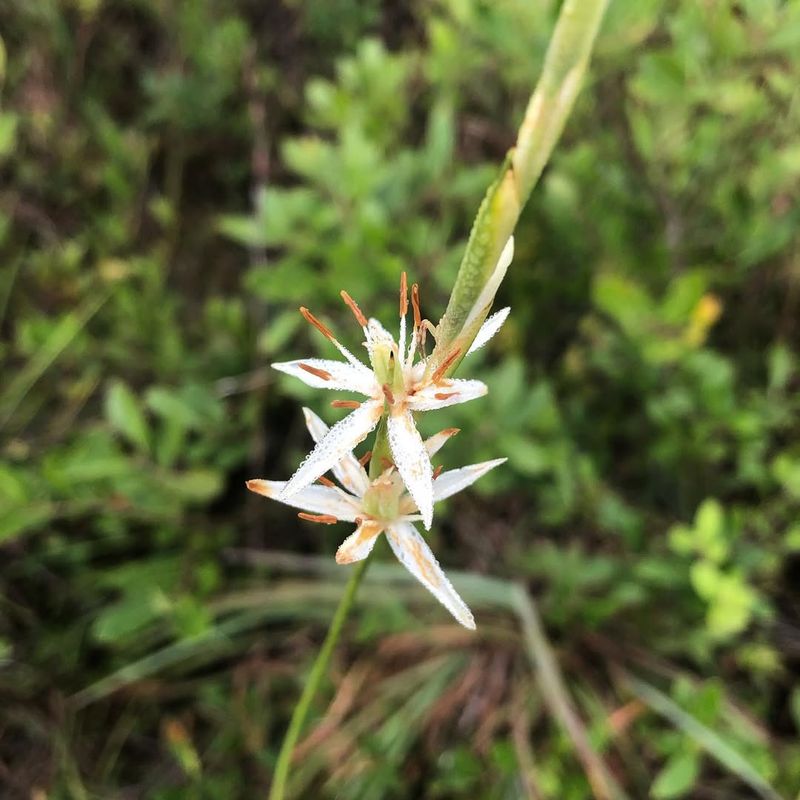
In sunny meadows, the Rough-leaved Loosestrife stands out with star-shaped yellow flowers. Habitat fragmentation and invasive species challenge its survival.
Efforts to restore meadow ecosystems are crucial for this loosestrife to continue adding its cheerful presence to the landscape.
16. Painted Trillium
In the cool, shaded woodlands of the Northeast, the Painted Trillium reveals its striking white petals marked with deep pink streaks. This woodland beauty thrives in undisturbed forest floors, relying on rich, moist soil and dappled light.
Its survival is threatened by habitat loss and over-collection. Protecting mature forests ensures the Painted Trillium can continue its quiet display each spring, adding a touch of artistry to the wild.

